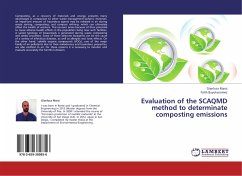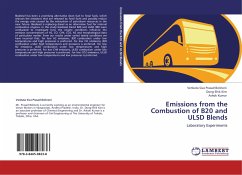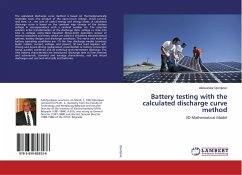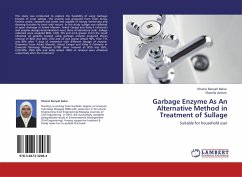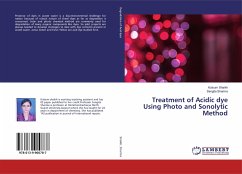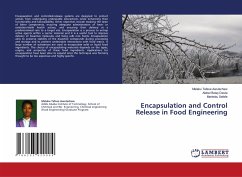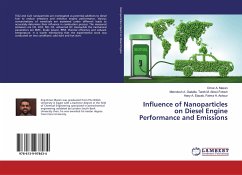Composting, as a recovery of materials and energy, presents many advantages in comparison to other waste management options. However, an important amount of hazardous agents may be released in air during waste sorting, composting, and compost refining, which can ultimately affect the health of workers. This concern arises because of their potential to cause adverse health effects in the population living near such facilities. A varied typology of bioaerosols is generated during waste composting and similar processes. Some of these airborne bioagents can be the cause of a variety of infectious diseases, as well as allergies and toxic effects. On the other hand, volatile organic compounds (VOCs), one of the major family of air pollutants due to their malodorous and hazardous properties, are also emitted to air. For these reasons it is necessary to monitor and evaluate accurately the harmful emission.
Bitte wählen Sie Ihr Anliegen aus.
Rechnungen
Retourenschein anfordern
Bestellstatus
Storno

